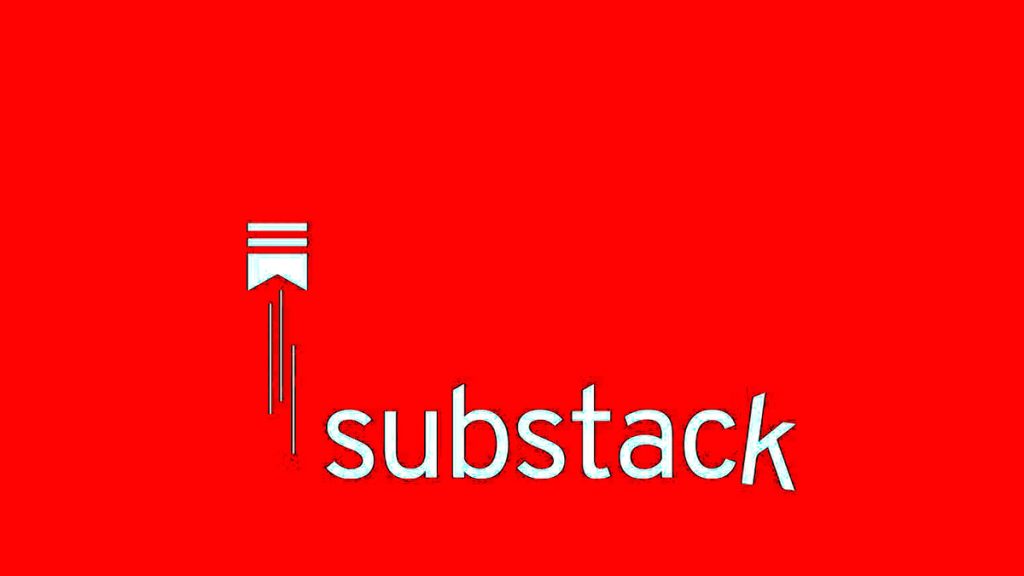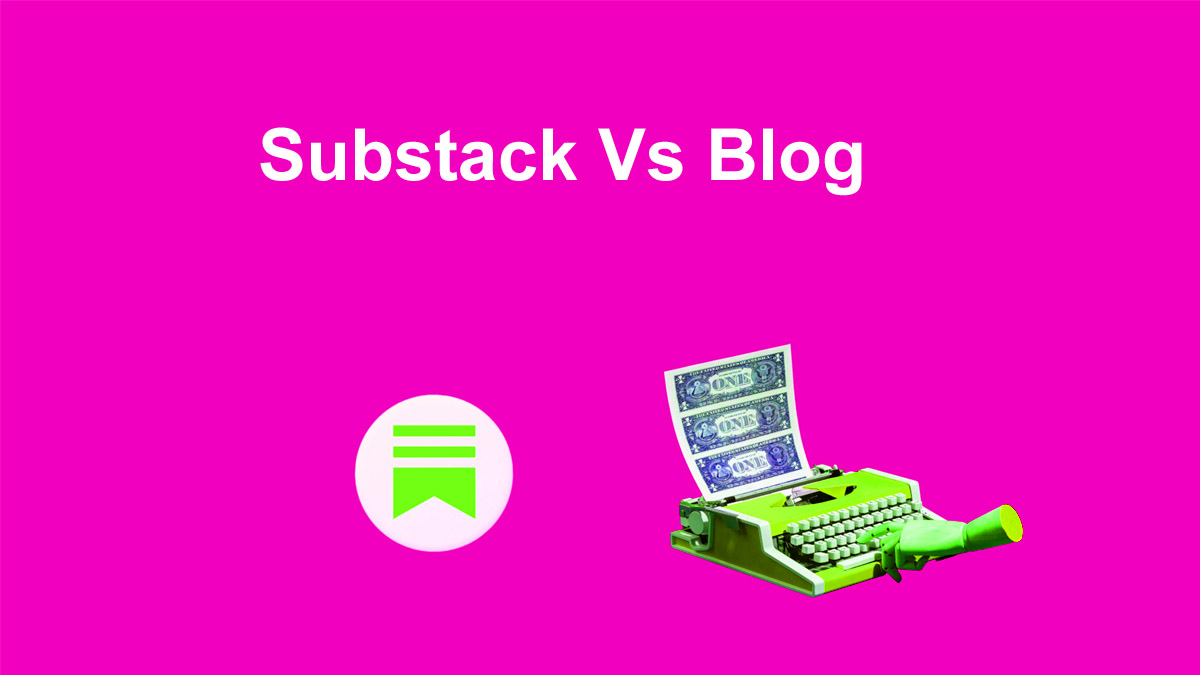Content creators are spoilt for choice when it comes to selecting a platform for sharing their ideas, insights, and stories. Among the plethora of options available, two platforms stand out: Substack and Blogging. Both offer unique advantages and cater to different needs, making the decision between the two a crucial one for anyone looking to establish a presence online.
Understanding Substack
Substack has gained significant traction in recent years, particularly among writers, journalists, and newsletter creators. It is a platform that allows users to publish content, primarily in the form of newsletters, and monetize their audience through subscriptions.

Benefits of Substack
- Simplicity: Substack offers a user-friendly interface, making it easy for creators to set up and manage their newsletters without the need for technical expertise.
- Monetization: Creators can earn revenue through paid subscriptions, with Substack taking care of payment processing and distribution, allowing creators to focus on producing high-quality content.
- Audience Engagement: Substack provides tools for interacting with subscribers, such as comments and discussion threads, fostering a sense of community around the content.
- Built-in Audience: The platform has a growing user base, which can help new creators gain exposure and attract subscribers more quickly.
Limitations of Substack
- Limited Customization: While Substack offers basic customization options, such as branding and layout, creators have limited control over the design and functionality of their newsletters.
- Dependency on Platform: Creators are reliant on Substack’s infrastructure and policies, which may change over time, potentially affecting their ability to monetize and distribute content.
- Revenue Share: Substack takes a percentage of subscription revenue, which may impact the overall earnings of creators, especially as their subscriber base grows.
Exploring Blogging Platforms
Blogging, on the other hand, has been a cornerstone of online content creation for decades. From personal diaries to professional publications, blogs offer a versatile platform for sharing content in various formats.

Benefits of Blogging
- Flexibility: Blogging platforms like WordPress, Blogger, and Medium provide extensive customization options, allowing creators to tailor their websites to suit their brand and audience.
- SEO Benefits: Well-optimized blog posts have the potential to rank highly in search engine results, driving organic traffic to the creator’s website and increasing visibility.
- Diverse Content Formats: While Substack is primarily focused on newsletters, blogging platforms support a wide range of content formats, including articles, videos, and podcasts, offering creators greater flexibility in how they engage with their audience.
- Monetization Options: Bloggers have multiple avenues for monetization, including advertising, affiliate marketing, sponsored content, and selling digital products or services.
Limitations of Blogging
- Technical Complexity: Setting up and maintaining a blog requires more technical knowledge compared to using Substack, particularly for self-hosted WordPress sites.
- Audience Building: Unlike Substack, which has a built-in audience, bloggers may need to invest time and effort in building their audience and driving traffic to their website through marketing and promotion.
- Content Distribution: While blogging platforms offer tools for sharing content, creators are responsible for promoting their posts across social media and other channels to reach a wider audience.
Choosing the Right Platform for You
When deciding between Substack and blogging, it’s essential to consider your goals, audience, and content strategy.
- Choose Substack If: You prioritize simplicity, want to focus on building a loyal subscriber base, and are comfortable with the platform’s revenue model.
- Choose Blogging If: You value flexibility, control over your website, and want to explore diverse content formats and monetization options.
Ultimately, there is no one-size-fits-all answer, and the best platform for you will depend on your unique needs and preferences as a content creator.
Substack vs Blog: Which One Should You Choose?
Factors to Consider
- Content Type: Determine whether your content is best suited for a newsletter format (Substack) or a blog format (Blogging platforms).
- Monetization Strategy: Consider how you intend to monetize your content—through subscriptions (Substack) or advertising/sponsorships (Blogging platforms).
- Audience Engagement: Evaluate how you prefer to interact with your audience—via email newsletters (Substack) or comments and social media (Blogging platforms).
Making the Decision
Choosing between Substack and Blogging platforms ultimately depends on your specific goals, preferences, and audience demographics. Consider conducting a trial run on both platforms to assess their suitability for your needs.
FAQs (Frequently Asked Questions)
- How do I monetize my content on Substack? Substack allows writers to monetize their content by setting up paid subscriptions for their newsletters. Subscribers pay a monthly or annual fee to access exclusive content.
- Can I migrate my blog to Substack? Yes, Substack offers tools and support for migrating existing blogs to their platform. You can seamlessly transfer your content and subscribers without losing any data.
- Do blogging platforms offer analytics? Yes, most blogging platforms provide built-in analytics tools that allow you to track metrics such as traffic, engagement, and audience demographics.
- Can I customize the design of my Substack newsletter? Substack offers a selection of customizable templates, allowing you to personalize the design and layout of your newsletter to align with your brand.
- Are there any fees associated with using blogging platforms? While many blogging platforms offer free plans, they often come with limitations. To unlock advanced features and customization options, you may need to upgrade to a paid plan.
- How can I grow my audience on Substack? To grow your audience on Substack, focus on creating high-quality content, engaging with your subscribers regularly, and promoting your newsletter through social media and other channels.
Final Wording
In the debate between Substack vs Blogging platforms, there is no one-size-fits-all answer. Each platform offers unique features and benefits tailored to different types of content creators. Whether you prioritize simplicity, monetization, or audience engagement, carefully consider your goals and audience needs before making a decision. By weighing the pros and cons of each platform, you can choose the one that best aligns with your vision for content creation and audience growth.
